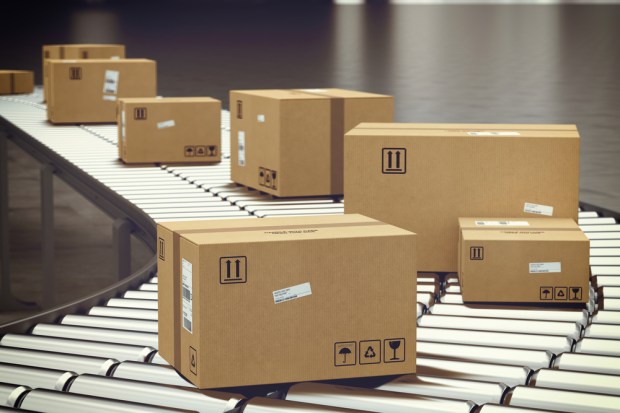Digitizing The Last Mile In Real Time Via APIs

The “Amazon Effect” changes everything — from the way we look for goods to the window of time in which we expect to receive them.
If the consumer’s view has shifted when it comes to shopping, shipping must change too.
Slowly, perhaps, but surely, then, firms are taking steps to digitize their logistics operations, with an eye on real-time data, ranging from quotes to delivery times, moving beyond legacy technology and manual processes. The goal is to get goods where they need to go with speed and surety.
One company, project44, seeks to digitize the shipment lifecycle, from initial quote to final invoice, with an eye on helping shippers and third-party logistics firms connect with carriers, leverage their transportation management systems to eliminate redundancies and human error and boost revenues.
In an interview conducted via email exchange, Tommy Barnes, president of project44, said that $4 trillion is spent annually on freight and logistics in an effort to connect the largest companies in the world to their customers.
Amid all that spending, said Barnes, “billions of dollars of waste continue to run through the ecosystem as industry stakeholders attempt to solve connectivity issues with legacy tech, manual processes and operational workarounds.”
Connecting to multiple application programming interfaces (APIs_ through a single platform — and across modes of transportation — project44 maintains and enables real-time tracking of shipment activities as far-flung as rating, transit time, dispatch/tender, tracking and delivery confirmation, allowing for everything from automated, electronic document retrieval to real-time estimated time of arrival (ETA) notifications.
According to Barnes, APIs help streamline processes as connectivity improves. He told PYMNTS “80 percent of the data needed to effectively run your supply chain resides with your partners. Legacy solutions offer incomplete connectivity across partners, blocking real-time visibility. At the shipment level, legacy processes result in error-prone, slow and imprecise shipments.”
Since shippers manage thousands of shipments per day, costly visibility errors compound rapidly.
“The longer you wait to digitize, the more it is going to cost,” the executive told PYMNTS. “Workers waste up to 50 percent of their time hunting for data. And another 79 percent of organizations have inadequate visibility into their supply chains.”
APIs and software development kits (SDKs) exist to make it easier for different approaches, where, as Barnes put it, a company can “adopt or develop new technology, and one of their most practical uses is to help you connect to your supply chain partners faster.”
Beyond the actual logistics, said Barnes, benefits of end-to-end visibility continue after delivery. Consistent data flow across the shipment lifecycle increases accounting productivity and limits costly carrier fines.
He referred to one customer’s experience where, previous to embracing digitization of the supply chain, 90 percent of that client’s invoices did not match their rate quotes — requiring costly manual accounting activities to reconcile books and, not surprisingly, manual investigation of overages. After automation, he said, invoices matched quotes to the penny.
In other “last mile” news, Bloomberg reported Tuesday (Feb. 20) that A.P Moller-Maersk, the largest container company globally, will seek takeover targets outside the shipping industry. The newswire stated the strategic shift comes as the company looks to “pre-empt a new competitive landscape” where customers are becoming rivals.
In other words, Maersk, which has 20 percent of the container shipping market, is looking beyond the sea, seeking business on land. CFO Jakob Stausholm told Bloomberg the competitive view is expanding to eye companies like UPS.
“We’re not going to be direct competitors to FedEx and UPS, but we will see them as peers,” he said. “They are the global integrators in their industries, and we want to become that in our industry.”
